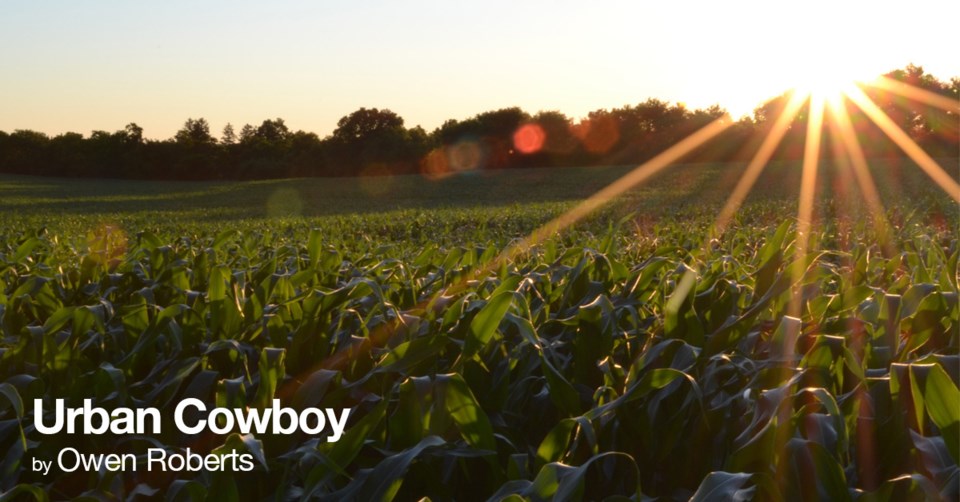One of the biggest stories to emerge this year from the University of Guelph broke recently, a food fraud study that found high levels of mislabeling on sausages in Canada.
Using DNA analysis technology developed at Guelph, researchers found mislabelling and cross-species contamination of meat ingredients in 20 per cent of sausage samples selected from grocery stores across the country.
Most involved meat substitution, such as sausages labelled as beef also containing pork, others labelled as chicken also containing turkey, and even one pork sausage sample containing horsemeat.
For beef, pork, chicken and turkey sausages, products were considered contaminated when more than one per cent of another meat was detected. The researchers say this ruled out trace amounts that might have resulted from incomplete processing equipment cleaning.
For example, out of 27 beef sausage packages tested, seven samples also contained pork. Among 20 chicken sausage packages, four also contained turkey and one contained beef. Of 38 pork sausage packages tested, two contained beef and one, horsemeat.
These findings suggest the mislabelling, a kind term, was no accident.
I’m sure the processing sector is aware of how the whole mess impacts consumer confidence, and wants it cleaned up. The situation conjures up memories of the 2013 European horsemeat scandal, where processors there were nailed for selling beef that was actually horsemeat.
To say such mislabelling is unacceptable in Canada — or any other country — is an understatement. I hope the public is outraged by it. The labels in the Guelph study claimed the sausage contained only one kind of meat. It appears people have been misled.
There’s one bright light in all this though: it’s encouraging that homegrown technology has advanced to the point where such situations can be brought to light. The whistle can be blown on mislabelling practices. Working with the university, the government has a chance to get on top of the issue (this research was funded by the Canadian Food Inspection Agency).
“This study demonstrates that the technology is capable of monitoring the industry in a way we were never able to do before,” says Bob Hanner, associate director of the Canadian Barcode of Life Network and a professor at the University of Guelph-based Biodiversity Institute of Ontario. “It’s just one example of how DNA testing is becoming a standard for food ingredient authentication.”
Originally, the technology was developed to identify the millions of species of organisms on Earth. As time has gone on, it’s become clear that at the consumer level, this technology can make a huge contribution to uncovering food fraud -- the lab that discovered the sausage mislabeling is the same one that found the high level of misrepresentation of fish by some restaurants and retailers (mainly, cheaper fish being pawned off as more expensive fish).
To unsuspecting consumers, food fraud is not only insulting, it can be dangerous, particularly to those who have food allergies. And that’s not to mention those who avoid certain kinds of protein for religious purposes.
The whole thing casts a pall on processed food at a time when the public is increasingly wary of its wholesomeness, anyway.
So, now what? What is the processing industry going to do with this new information? How will the government react? Are more studies needed?
No one has the patience to wait long for the answers, nor should they have to.
